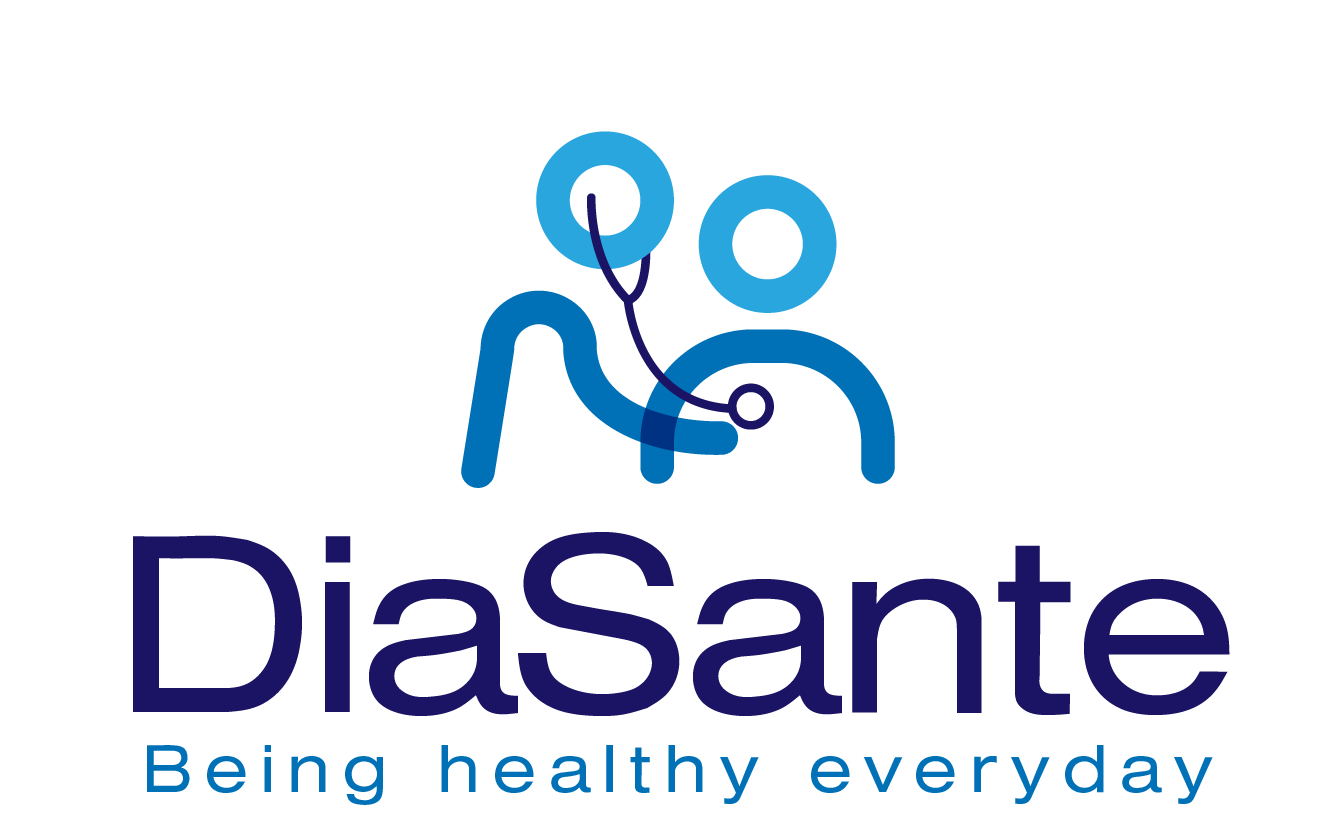Overburdened clinicians need more than data to reap the benefits of remote patient monitoring
A virtual care provider that combines all the necessary elements—RPM devices, the software that analyzes RPM data and, most importantly, a specialized team of clinicians, nurses and technicians who can make use of the data to intervene—can be a seamless, turn-key addition to delivering optimal patient care.
Remote patient monitoring (RPM) holds incredible promise for improving the management and treatment of chronic diseases. Even though RPM is still relatively new, it has proven effective for managing many chronic illnesses, such as diabetes, high cholesterol, high blood pressure and respiratory diseases. In some cases, taking these measurements remotely increases accuracy, such as with blood pressure readings.
The challenge is to find a sustainable way to use RPM data to intervene sooner and improve chronic disease management. While RPM has automated the collection of data from patients outside the clinic, and algorithms can sift through information to flag the patients who need follow up, the follow up still comes from humans—from doctors, nurses and other trained professionals.
Fighting burnout
As much as healthcare professionals welcome better tools for taking care of patients, many are at their breaking point: from fighting the Covid-19 pandemic, limited time with patients, increasing administrative burden, working too many hours and other challenges. In a 2021 survey, 47 percent of physicians reported they were experiencing burnout, up from 42 percent in 2020, with a bigger increase for emergency physicians, from 43 percent in 2020 to 60 percent in 2021.
The situation is so severe that U.S. Surgeon General Dr. Vivek Murthy issued a Surgeon General’s Advisory on health worker burnout and well-being in May. As Dr. Murthy wrote two months later for The New England Journal of Medicine, “Health worker burnout is a serious threat to the nation’s health and economic security.”
For providers, the clinical demands of delivering recommended care are a significant factor driving burnout. Primary care physicians seeing an average patient population would need nearly 27 hours per day to meet all the U.S. guidelines for preventive, chronic disease and acute care, according to a study conducted by the University of Chicago, Johns Hopkins University and Imperial College London.
Leave a reply